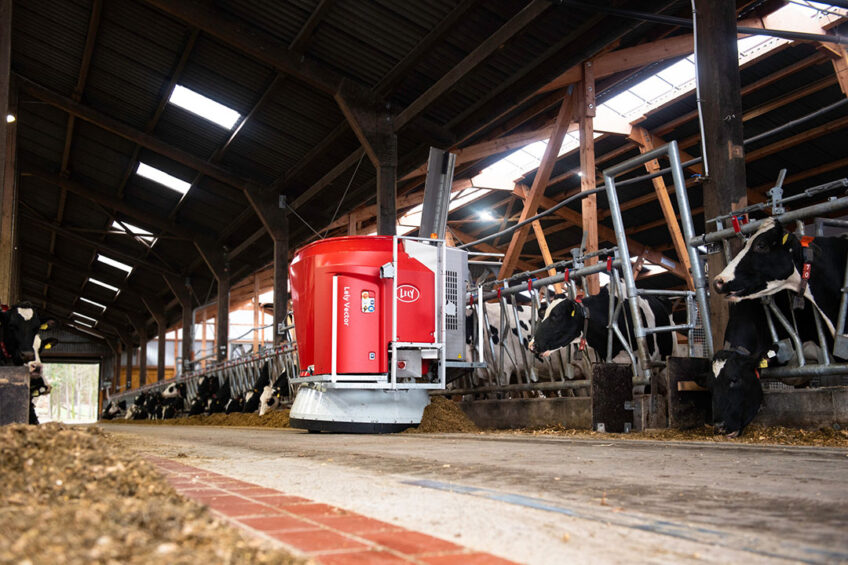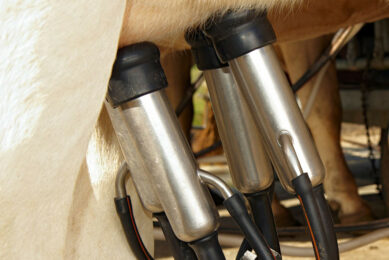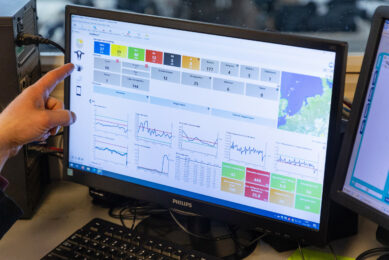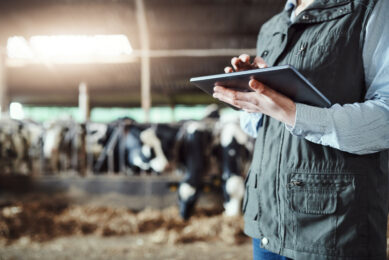Global market for ag robots to double in 5 years

According to a recent study from Dutch ABN AMRO bank, the worldwide market for agricultural robots can double in size in 5 years’ time.
Labour shortages and sustainable food production are the main growth drivers. ABN AMRO has researched and mapped the global market for drones, milking and feeding robots, field robots and autonomous tractors and related machines, hardware and software for data analysis.

According to calculations and estimations from the bank, the existing worldwide market for this ‘agritech’ sector amounts to €6.2 billion. Labour shortages, amplified by the effects of the Covid-19 outbreak on international travelling of migrants and seasonal workers, and consumer and legislative demands for sustainable food production are the main growth drivers for an expected doubling in 2025. The average annual growth will be 15%.
 Covid-19: Impact on the global dairy sector
Covid-19: Impact on the global dairy sector
The coronavirus has had a huge impact on daily life, from the man on the street to businesses.
Dutch manufacturers currently have a market share of 11% (€715 million), mainly thanks to dominant markets shares in milking and feeding robots with Lely at the forefront. The overall turnover of Dutch agritech technology is able to grow to €2.5 billion in 2030, with an average annual growth of 13%. ABN AMRO also signals existing bottlenecks that tamper the growth and possibilities of Dutch-made agricultural robots. These are legislation, fragmented knowledge, and insufficient access to subsidies, funding and private equity.
Labour shortages
In early 2020, 18% of the Dutch farmers and greenhouse growers perceived a shortage of labour as a bottleneck. Although this has now fallen to around 14%, it still is clearly higher than the just over 3% 4 years ago.
Sustainable food production
The growing world population and growing middle and upper classes have to result in more and more efficient food production from a decreasing available acreage suitable for food production. Consumer preferences for sustainable and organic food as well as legislative regulations to lower the amounts of crop protections chemicals, fertiliser and antibiotics (such as the EU Farm to Fork Strategy), put an extra pressure on food production but are also likely to accelerate farmers’ interest in robotisation.
The full report (in Dutch only) can be downloaded here (Dutch).
Join 13,000+ subscribers
Subscribe to our newsletter to stay updated about all the need-to-know content in the dairy sector, two times a week.










